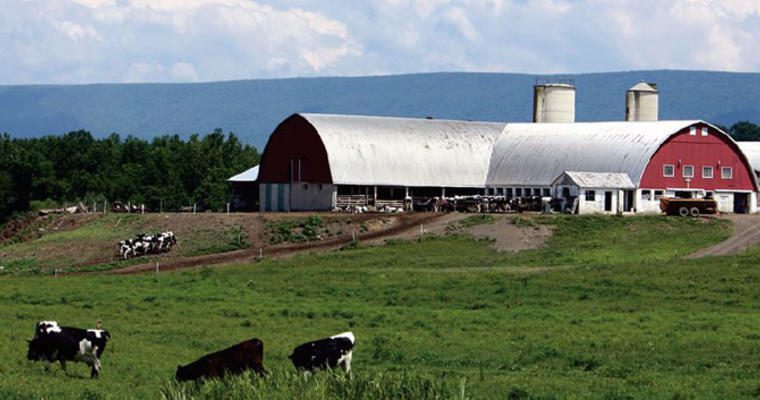People are becoming more aware of and interested in the origin of their food and it is now considered a top priority for many consumers. In particular, many people are seeking pasture raised, grass-fed beef over grain-fed beef raised in Concentrated Animal Feeding Operations (CAFOs).
One of the main components that is important to people regarding grass-fed beef is the nutritional value compared to grain-fed. Grass-fed beef has been shown to have the following:
- More antioxidant vitamins (Vitamin A, Vitamin E)
- More conjugated linoleic acid isomers (anti-cancer benefit)
- More omega-3 fatty acids (heart health)
- Lower cholesterol
- Less fat
In addition to the nutritional value, many people, including chefs, prefer the taste of grass-fed beef. They claim it is lean, beefy, and “minerally” due to tasting the diet of the animal. The flavor has also been described as richer, darker, and more robust. Chefs recommend trying it in ground beef form first as the steak can be a little tougher due to the lack of marbling that you get in grain-fed beef. Chefs recommend simply adding salt and pepper for a steak. In a braise, it is recommended to use vegetables with a high moisture content due to the lower amount of fat.
Beef eaters are concerned with what the cattle are fed and given in the CAFOs, which they inevitably also end up consuming. The grain they are fed such as corn, typically is a genetically modified organism (GMO). No ill effects have been proven in the human population from consuming GMOs, but several advocacy groups claim the risks have not yet been identified or managed and would like more research done. The cattle are also given hormones to promote faster growth. Three natural steroids that are given include estradiol, testosterone, and progesterone, and three synthetic hormones given are zeranol, androgen trenbolone acetate, and progestin melengestrol acetate. Antibiotics are also administered to protect from disease in the feed lots.
Grass-fed beef is more expensive but to many the cost is worth it. Grass-fed beef can be affordable by following these tips:
- Provide smaller portions such as 3 or 4 ounce servings
- Use ground beef in entrees such as burgers, meatballs, and meatloaf instead of steaks
- Provide other protein options in addition to beef such as poultry and meatless proteins
References:
http://www.ncbi.nlm.nih.gov/pmc/articles/PMC2846864/
http://www.mayoclinic.org/diseases-conditions/heart-disease/expert-answers/grass-fed-beef/faq-20058059
http://food-management.com/menu-trends/grass-fed-builds-its-case?NL=FM-01&Issue=FM-01_20151202_FM-01_309&sfvc4enews=42&cl=article_1_b&utm_rid=CPG06000000188969&utm_campaign=6519&utm_medium=email&elq2=afbc2e26ef4d497f8aa0995db74ac808
https://www.organicconsumers.org/scientific/growth-hormones-fed-beef-cattle-damage-human-health




























